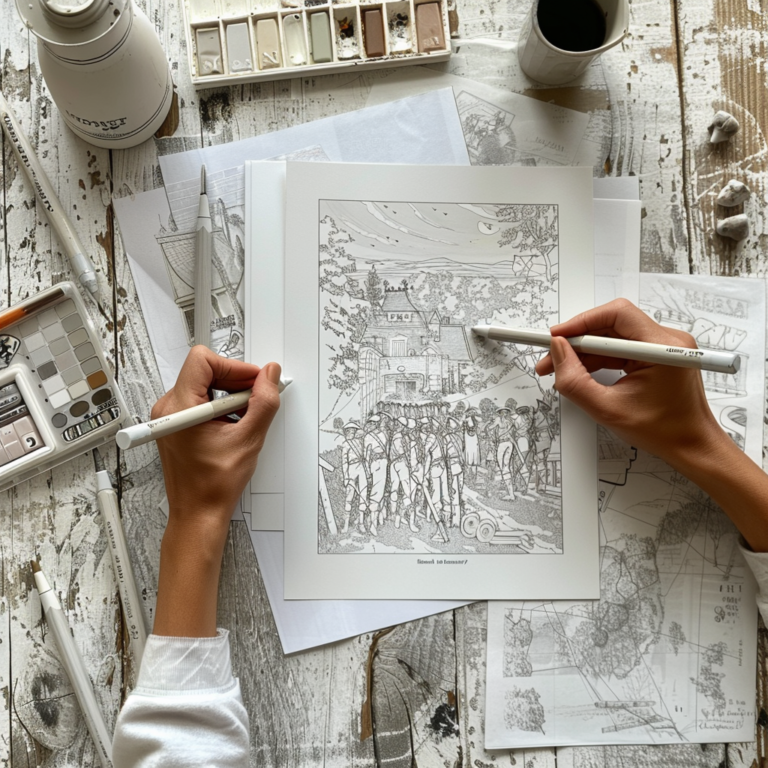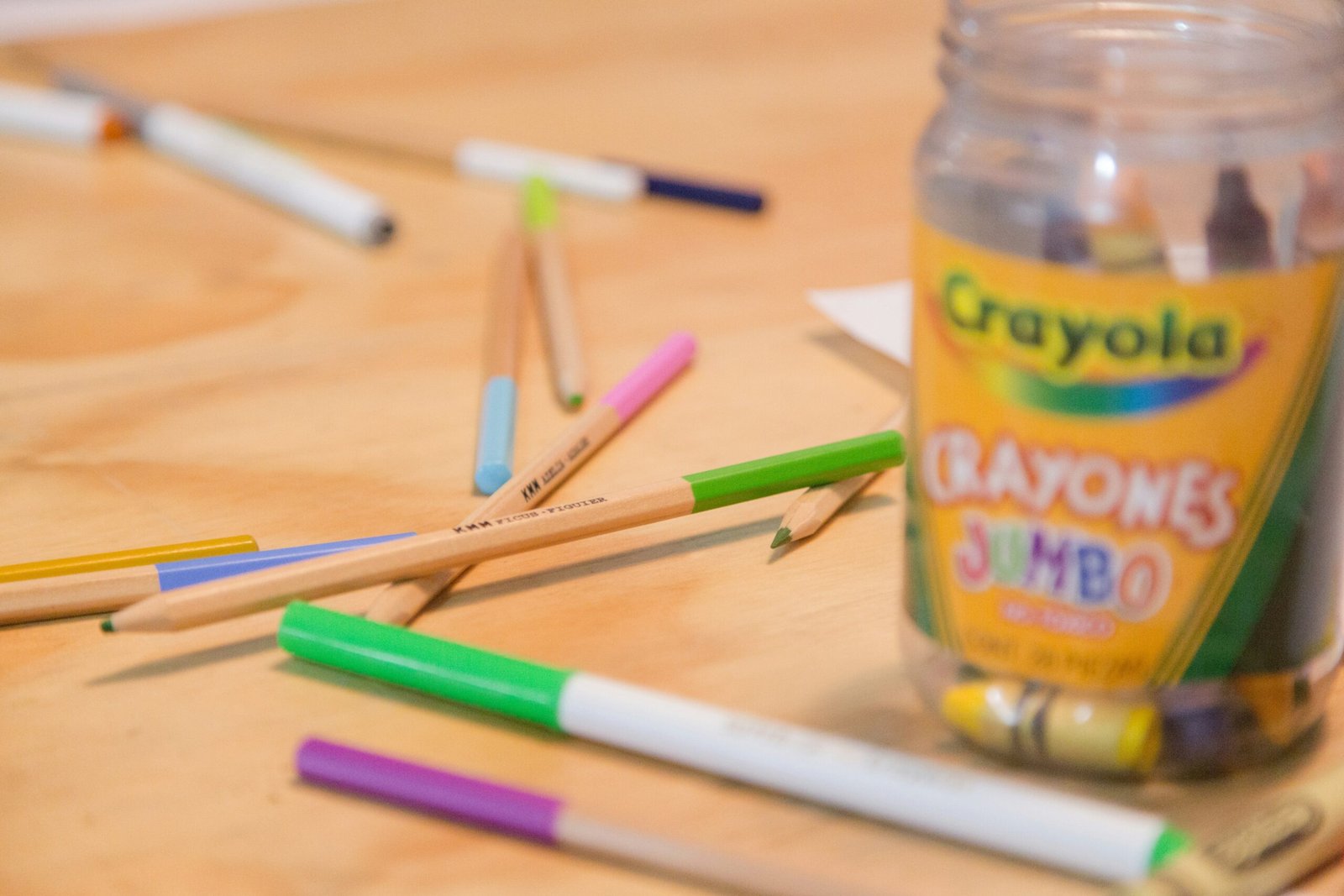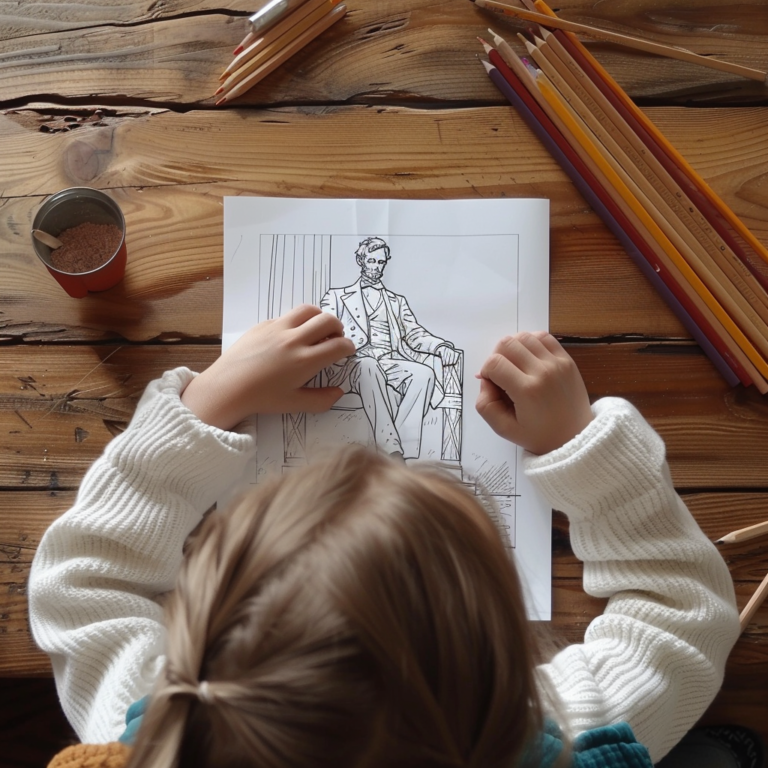Motiv Colors

The Art of Shading: Understanding shading techniques and how to apply them effectively in coloring.
Introduction
Coloring books have become increasingly popular among people of all ages. They provide a creative outlet and a way to relax and unwind. While coloring can be a fun and enjoyable activity, understanding shading techniques can take your coloring to the next level. In this blog post, we will explore the art of shading and how to apply shading techniques effectively in coloring.
What is Shading?
Shading is the technique of adding depth and dimension to a coloring page by using different tones and values of color. It involves creating variations in light and dark areas to give the illusion of form and volume. Shading can transform a flat coloring page into a realistic and visually appealing artwork.
Types of Shading Techniques
There are various shading techniques that you can use to enhance your coloring. Let’s explore some of the most common ones:
1. Hatching and Cross-Hatching
Hatching involves drawing parallel lines close together to create shading. Cross-hatching, on the other hand, involves drawing intersecting lines to achieve a darker effect. These techniques are great for adding texture and depth to your coloring page.
2. Blending
Blending is the process of smoothly transitioning from one color to another. It can be done using colored pencils, markers, or even digital tools. Blending creates a gradual change in color and helps to achieve a more realistic and seamless look.
3. Stippling
Stippling involves creating shading by using small dots or dots of varying sizes. This technique can be time-consuming but can result in a unique and interesting texture. Stippling is often used in intricate coloring pages to add detail and depth.
4. Gradient
A gradient is a smooth transition from one color to another. It can be achieved by blending colors or using tools like airbrushes. Gradients can create a beautiful and gradual change in color, giving your coloring page a professional and polished look.
Applying Shading Techniques in Coloring
Now that we have explored different shading techniques, let’s discuss how to apply them effectively in coloring:
1. Understand Light Source
Before you start shading, it’s important to identify the light source in your coloring page. This will help you determine where the light hits the objects and where the shadows fall. Consistency in the direction of light will make your coloring page more realistic.
2. Start with Light Colors
When applying shading, start with lighter colors and gradually build up to darker tones. This will allow you to control the intensity of the shading and create a smooth transition between colors.
3. Use Layering
Layering is a technique where you apply multiple layers of color to create depth and richness. Start with a light layer and gradually build up the colors, adding more pressure to create darker shades. Layering can give your coloring page a vibrant and dimensional look.
4. Practice Blending
Blending is an essential skill in shading. Experiment with different blending techniques to achieve the desired effect. You can use a blending stump, a cotton swab, or even your fingers to blend the colors seamlessly.
5. Add Highlights and Shadows
To make your coloring page more realistic, add highlights and shadows. Highlights are areas where the light hits the objects, while shadows are areas that are blocked from the light. By incorporating highlights and shadows, you can create a three-dimensional effect.
Conclusion
Shading is a fundamental technique in coloring that can transform a simple coloring page into a stunning artwork. By understanding different shading techniques and applying them effectively, you can bring depth, dimension, and realism to your coloring. So, grab your coloring book, unleash your creativity, and start experimenting with shading techniques. Happy coloring!


